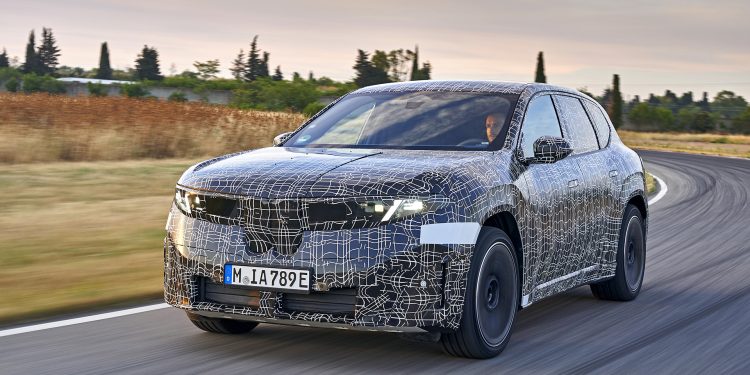New iX3 marks a fresh era for BMW
Words NZ Autocar | Images BMW, NetCarShow
BMW is getting set to release the first of its Neue Klasse model, the iX3 SUV that will debut at the Munich motor show soon.
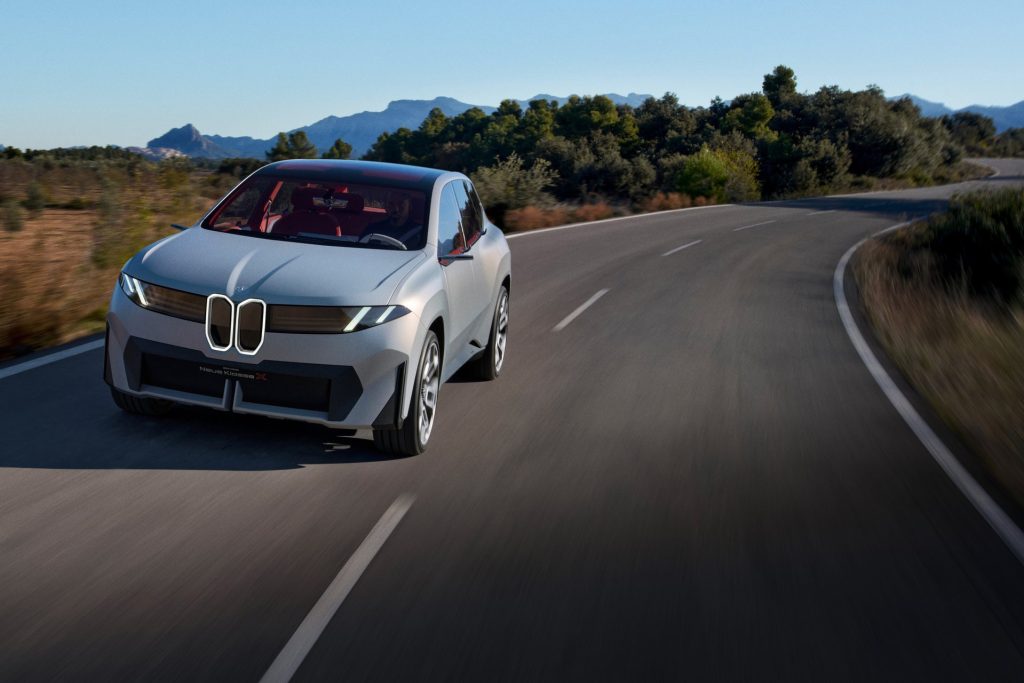
This not only introduces a new design for the wider family but also fresh underpinnings. Its rival, the new-generation GLC, will also debut at Munich.
Check out our review of the original iX3.
The pair will go on sale shortly in a bid to increase EV sales in the face of tightening emissions regulations. BMW’s iX3 will be followed shortly after by the launch of the new 3 Series saloon in 2026.

The second-gen iX3 is based on the Neue Klasse Vision X concept. It will sell alongside the existing petrol X3 but rides on the fresh Neue Klasse architecture.
Cue slimmer batteries, more efficient motors and technology that BMW claims will be a “quantum leap forward” from today’s electric offerings.
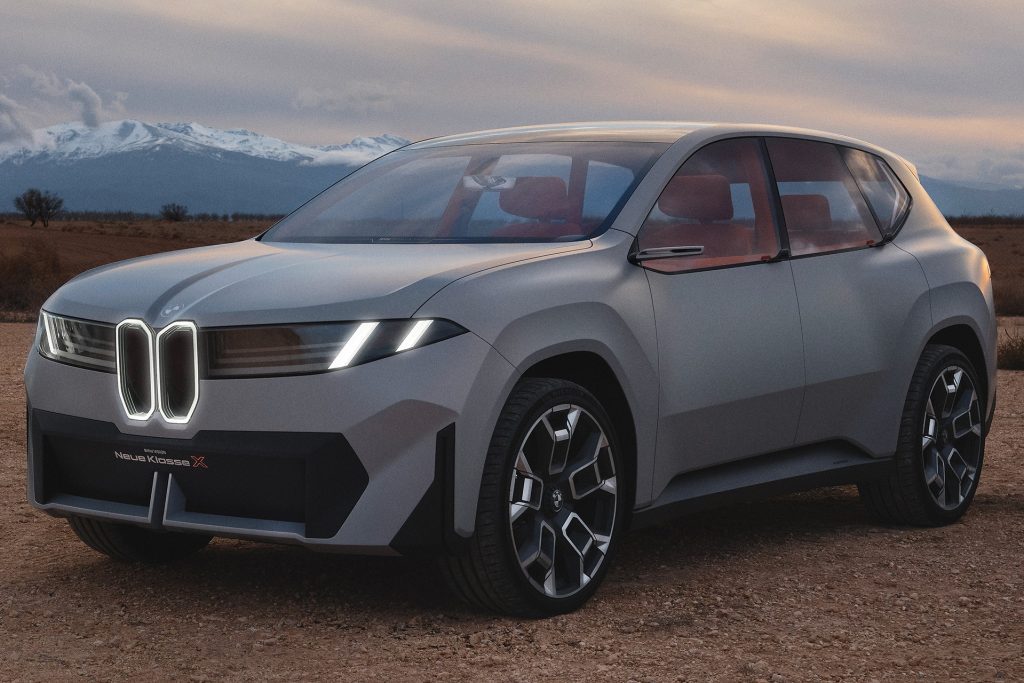
The exact size of its NMC battery pack is not yet disclosed but it uses new cylindrical cells. BMW claims the iX3 will have range of almost 800km, not far off twice that of the original iX3.
An 800V electrical architecture means the iX3 can hook up to ultra-fast chargers up to 400kW, enabling a 350km top-up in 10 minutes.
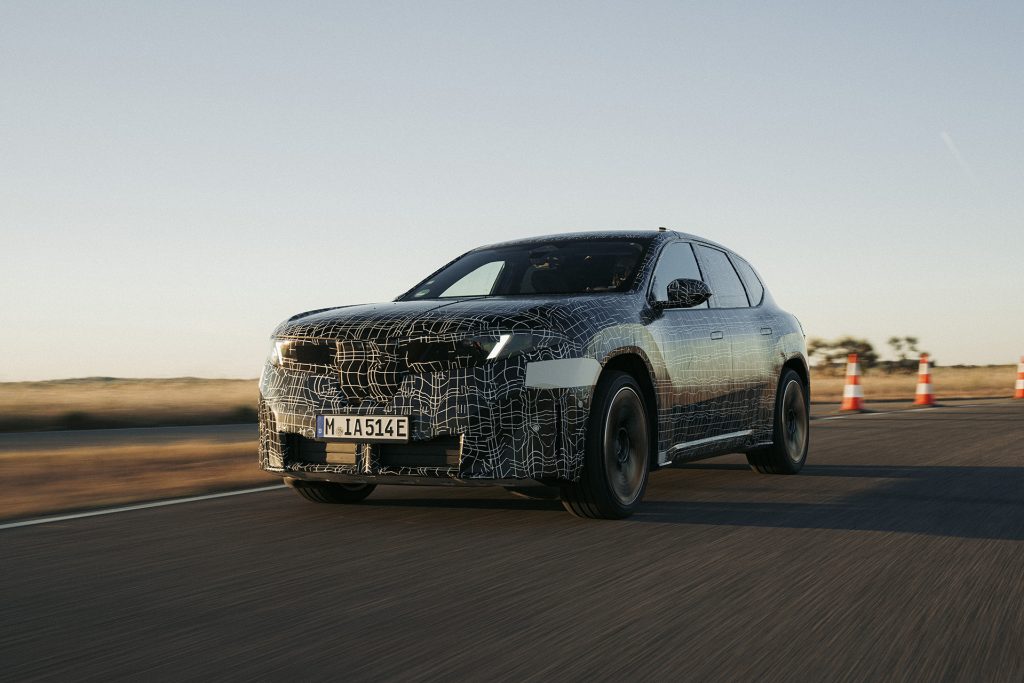
There will be two initial variants available. One is a single-motor, rear-wheel drive model while a dual-motor, four-wheel drive version is good for up to 300kW.
Inside is a new computing system that is an order of magnitude faster than existing chips in current BMWs.
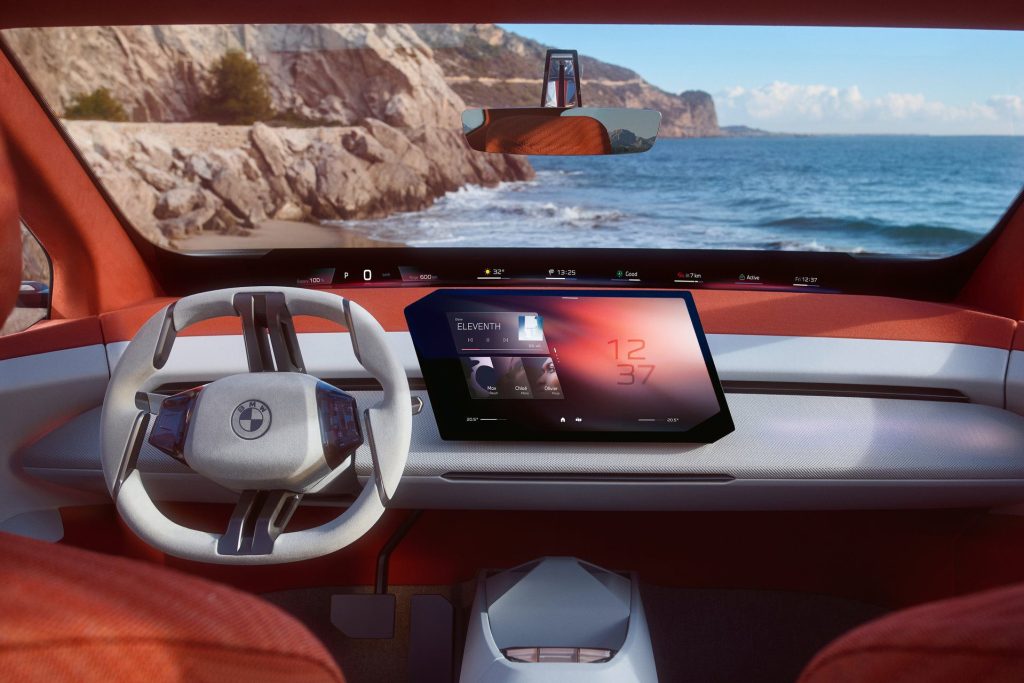
To keep aeros friendly and vehicle height low, the front seats are bolted directly to the battery pack.
Styling borrows cues from the original Neue Klasse models of the 1960s. Small kidney grilles are the order of the day.
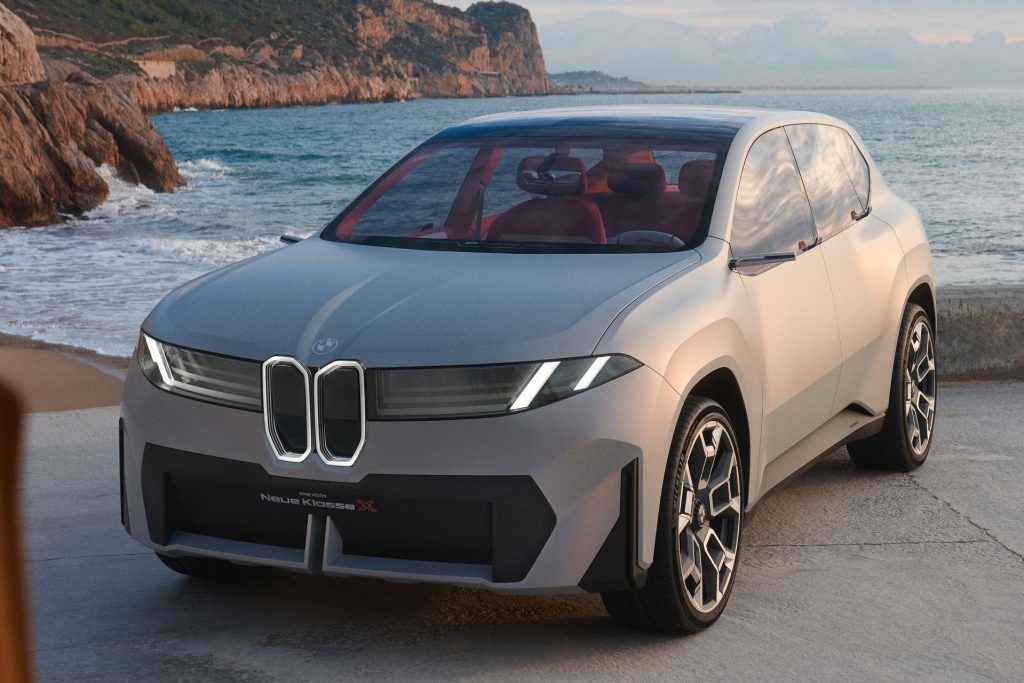
The double-kidney grille separates a gloss black panel on the iX3’s front end. This conceals the sensors and cameras required for the driver assistance systems.
The rest of the car features a more chiselled look than today’s models. There are angled lights front and rear, and a light bar at the back.
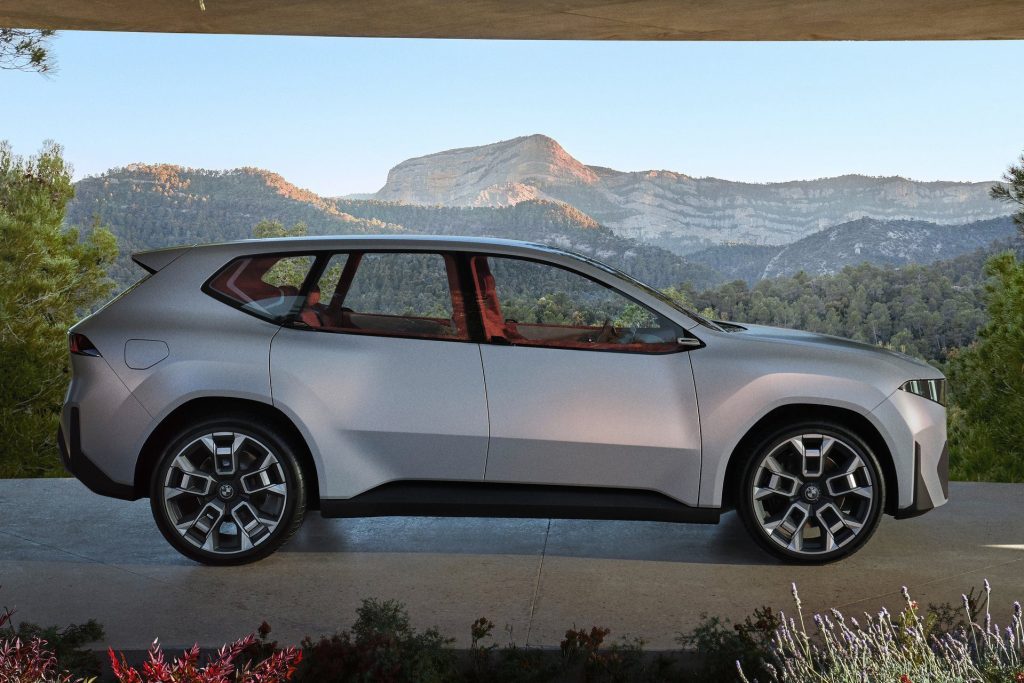
The cabin features BMW’s new iDrive X system. This features a large, sloped central infotainment screen. Above that is a head-up display spans the entire width of the dashboard.
BMW eschews buttons, claiming the new set-up allows it to offer more complex and varied options. Toolbars and customisable widgets replace buttons on the touchscreen. Voice control is said to be more versatile too. Over the air updates are also possible.
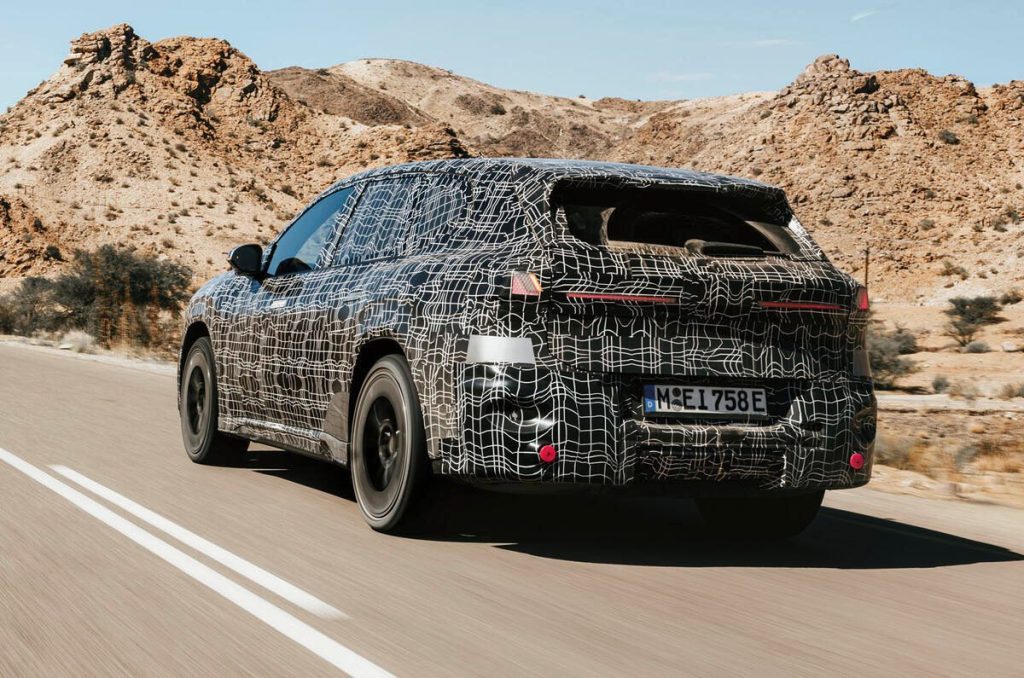
The steering wheel design now has four spokes but retains haptic buttons for functions like cruise control.
The overriding concept was ‘eyes on the road and hands on the wheel’ so everything has to be simple to operate.


